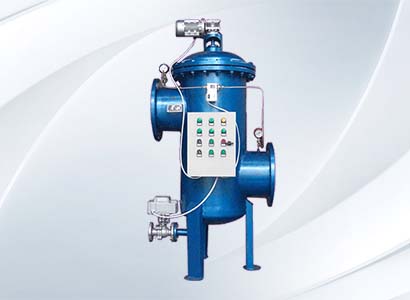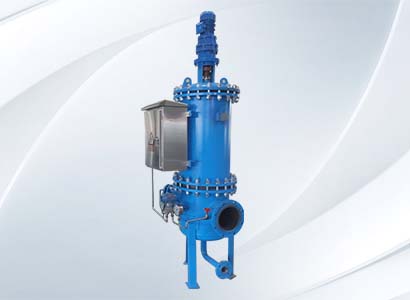
The self-cleaning action of self-cleaning filters is mainly triggered by two mechanisms: Differential Pressure Triggering and Timer Triggering. Let's delve deeper into the operational principles, advantages, disadvantages, and appropriate scenarios for these triggering mechanisms.
Differential Pressure Triggering: Differential pressure triggering is an intelligent self-regulatory mechanism relying predominantly on a differential pressure switch. As particulate matter accumulates on the filter mediums, it causes a rise in the pressure difference between the inlet and outlet of the filter. When this pressure difference hits a system defined threshold, the differential pressure switch is triggered, thereby initiating the self-cleaning process. This triggering mechanism possesses precise self-regulatory capability; the cleaning process only begins when the filters genuinely require a clean-up. This helps avoid unnecessary cleaning actions thereby saving energy. Nonetheless, differential pressure triggering requires accurate pressure measurement and control systems, which relatively escalates the equipment costs.
Timer Triggering: Timer triggering is another common triggering mechanism mainly relying on a Timer. According to pre-set time intervals, the timer initiates the self-cleaning process of the filter. This mechanism is straightforward to execute, has lower equipment costs, and is suitable for environments with relatively stable particle load. However, a limitation of time-based triggering is that it can't adjust according to the actual demand for cleaning the filter, which can occasionally lead to overlooked cleaning when necessary or over-cleaning, resulting in energy wastage.
Combined Triggering: In certain cases, a combination of differential pressure triggering and timer triggering can be used to optimize the performance and operational efficiency of the filters. The cleaning process can be initiated upon registering a pressure difference exceeding the defined threshold or hitting a timing interval. This combined approach helps cater to the actual requirements of the filter while also considering the lifecycle of the equipment, thereby striking the optimal balance between efficiency and energy saving.

Regardless of the triggering mechanism deployed, the self-cleaning action of filters is fundamentally undertaken to ensure the optimal working efficiency of the filters, prolong the lifespan of the machinery, and shield the equipment from wear and blockages. Thus, opting for an appropriate triggering mechanism is of paramount importance.







